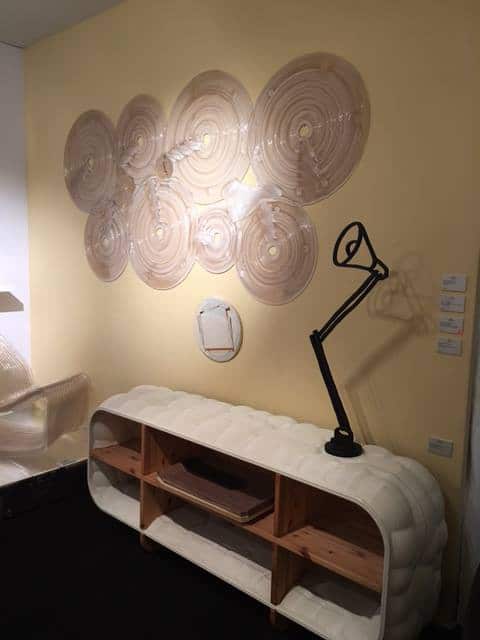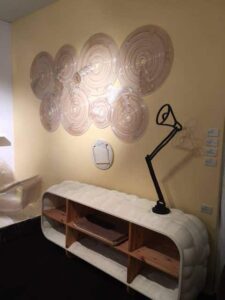We are very proud and excited to present you a new BIG DUTCH DESIGN TALENT Dirk van der Kooij. WonderWood Amsterdam presented his design work recently at the fair for ART, DESIGN and ANTIQUES the PAN in November 2016. At the PAN Amsterdam we sold his ART, CHAIR AND CLOSET to art, design lovers and collectors! We are very happy we could inspire many visitors and inform them about this talented young man and his plastic recycling work proces. Dirk got an award of THE BEST NEW DUTCH DESIGN TALENT! Currently his work is also exhibited at the Stedelijk Museum Amsterdam at the exhibition DREAM OUT LOUD. Stedelijk also bought his chair for their permanent design collection. There of still a few left of these design chairs. Contact us for more information: info@wonderwood.nl
More about Dirk:
The adventure began in 2010 when Dirk van der Kooij (Hout- & Meubileringscollege Amsterdam, Design Academy Eindhoven (NL)) got fascinated by an old 3D printer for his final project. With the emphasis on old, because the 40 years old machineries cannot print so accurately like the old ones, he caught this as a benefit. “You can actually see the lines running where the shape is build. Printers of the new generation create only slippery material, while I prefer the low resolution structure”, he says. The designer-creator-craftsman built his own 3D printer in a period of one year and a half and graduated cum laude from the Design Academy.
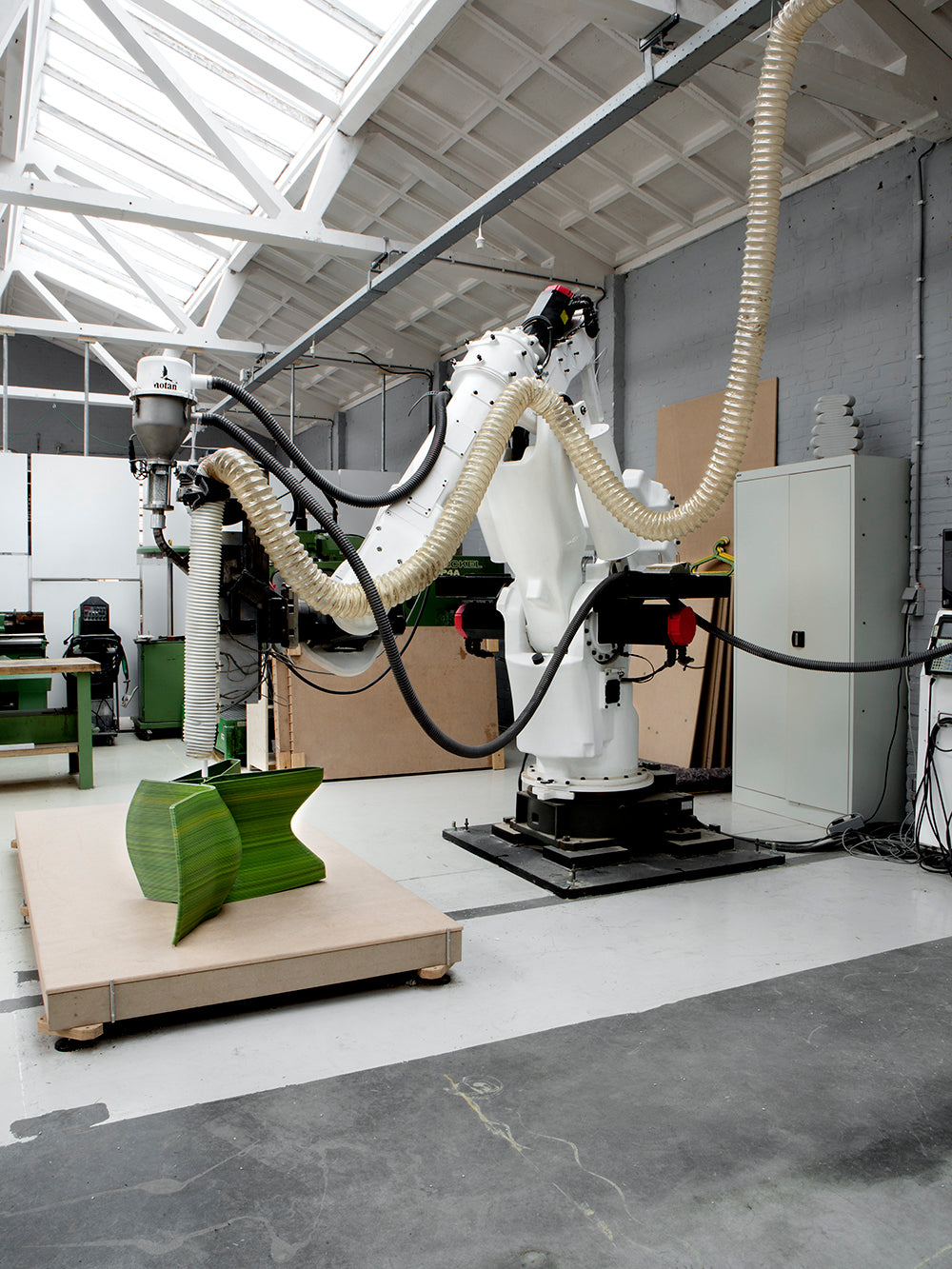
With his Endless collection, Dirk made a flying start as the creator of the first worldwide robot which can extrude furniture pieces from 100% recycled material. This creation led him to win the Dutch Design Award in 2011. This recycled synthetic material is fascinating for Dirk. He shows that we have a wrong image of plastic as a cheap and breakable material. “It is actually durable, beautiful and elastic. I can make objects, unknown as plastic ones”, he says. With the help of a robot, layer by layer built up lines structure, it results in products that range from colorful, poetical and funny to strong printed synthetic vases, chairs, tables and lamps.
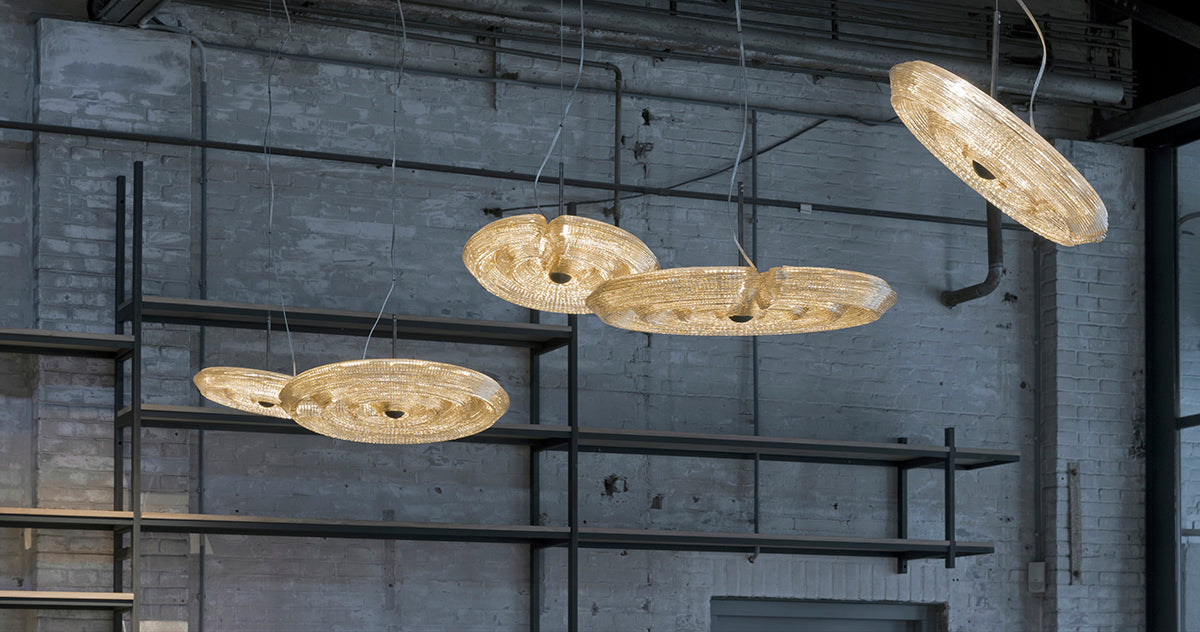
Dirk stays true to his philosophy: procedures to get into a new product are as important as the final product itself. He loves also the statement that birds learn to fly not by reading books. “Innovation is not in books.” You need patience and a dose of courage to make something actually beautiful. This includes falling and rising up again. “How long it takes to go somewhere I do not know, but I always arrive”, he says.
In his work Dirk combines tradition and technology; mixing manual work and digital robot technique every piece of furniture is produced as a special industrial “unicum”. He is not interested in standardization or mass production, but in a way to produce industrial quality products that are actually beautiful without using strict production systems, huge investments in tools and materials and long production lines. In the studio design, creation, improvement count and again designing, crafting and perfecting something beautiful, this is what matters. As the contemporary craftsman develops more knowledge and skills thanks to the constant iteration, as a result the design process remains smooth and flexible. By continuously working on sharpening and kneading technique, and discovering new production processes, they cannot only bring direct improvement after every created chair, but they lead to the production of new and more shapes.
The first Endless chairs were very angular. Now the robot arm can create round shapes, even more it can shape a synthetic wire. This resulted in a complete other image: like the transparent floor lamp Satellite, which resembles massive glass. In this way, new products with new shapes come out naturally and quickly.
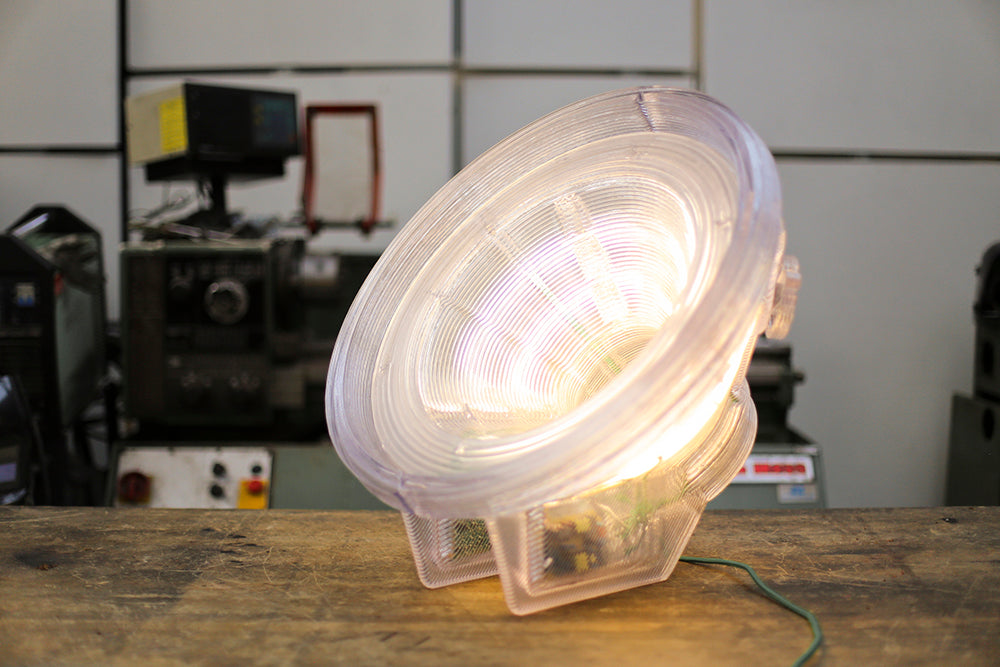
Actually Dirk works against what a programmed flawless 3D printer normally does: deliver perfect design. He likes the mistakes in the reproduction process and the failed prototypes, because they evolve in new handmade pieces: an enormous quantity of used plastic is used to create an indestructible thick table. Residual recycled synthetic plastic is unique and actually too beautiful to dump it. Therefore collected residual material pieces go with their own specific history, color and pattern into a melting pot.
The result: a cool and evocative table with the most gorgeous patterns and colors, none of which is the same. “If you look at these furniture, you know immediately that they cannot be made from others than our synthetic materials or produced following another process”, he says.
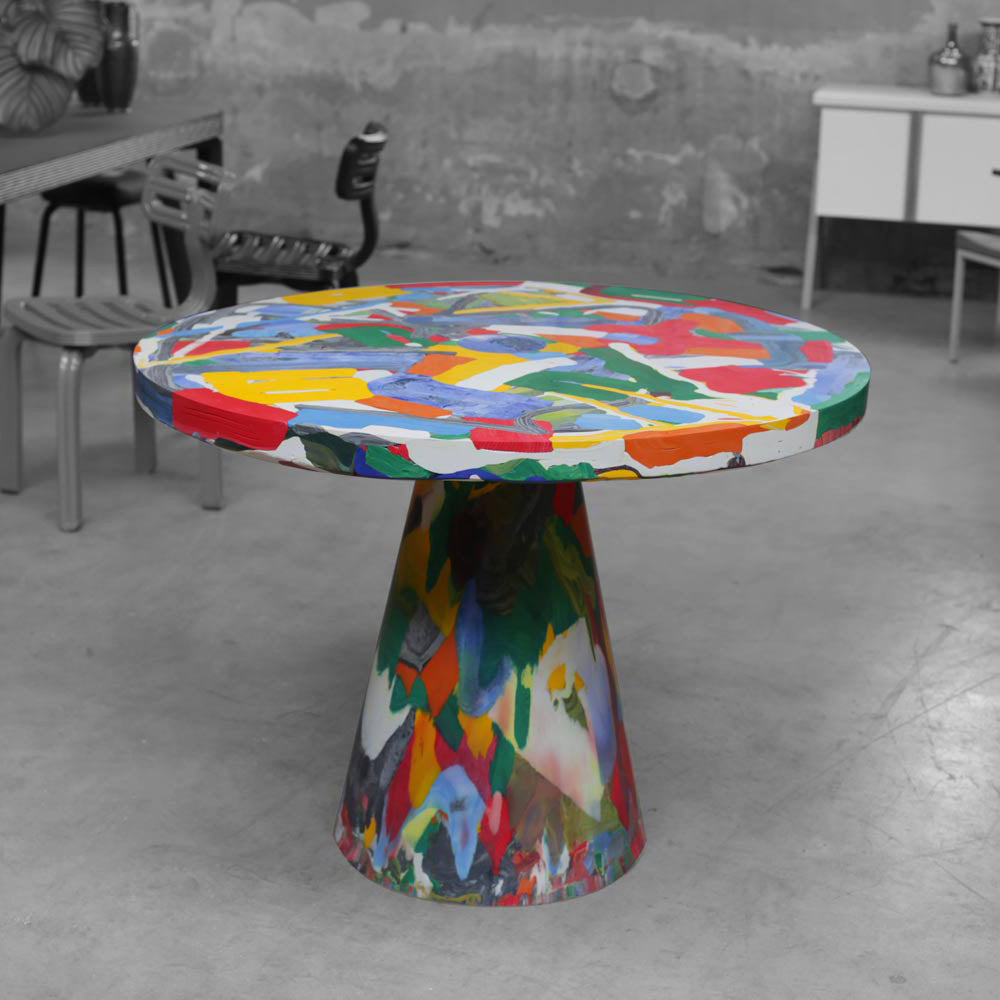
At Studio Dirk Vander Kooij recycling is seen more as a conceptual phenomena rather than a green solution for our waste. From the color change after the production of a Chubby Chair out of recycled synthetic materials, four colorful clothes hangers are made. “Recycled material has a history that can be literary seen in the product. That gives particular beauty and layering.”

